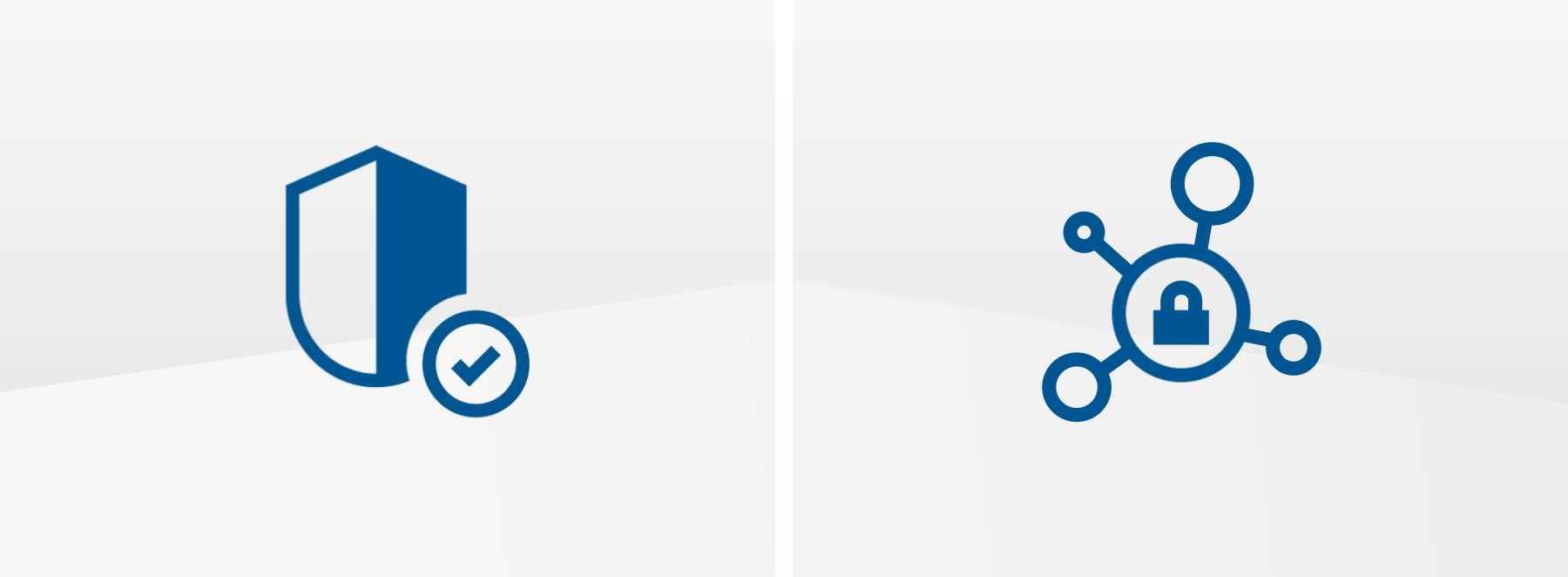Are you interested in our solutions? Then write us a message. Our sales team will be happy to help you.
Start enquiryFuture vehicle development will be shaped by four megatrends: connectivity, personalization, powertrain electrification, and automated driving. Tomorrow’s car drivers will expect their vehicles to be fully integrated in their digital lives. The established boundaries between automotive electronics and consumer electronics will thus fade and disappear. The car is evolving into an IoT device on wheels in which new functions will be implemented primarily through software.
The megatrends electrified driving and automated driving will lead to a dramatic increase in functions, such as range optimization for electric vehicles and surroundings perception for driver assistance systems. Both of these developments are only to some extent realizable and manageable using classic electric/electronic (E/E) architectures. To manage the increasing complexity and connectivity, Bosch is working together with automobile manufacturers
to develop innovative E/E architectures in which new software solutions, powerful vehicle computers, and zone ECUs are integrated. With this, Bosch is already setting the appropriate course for future automotive developments that can meet the increased requirements of the megatrends and bring new vehicle functions onto the road safely, securely, and very economically.
IoT device on wheels

Chairman of the board of management
Already since as far back as the 1970s, Bosch has been an important driver of innovation with the electronics-based solutions it has developed. One example is the ABS anti-lock braking system with which Bosch sparked the digital revolution in the automobile in 1978. Today, around 30,000 experts are involved in developing new software solutions, 14,000 of them in the mobility sector alone. With annual investments of more than three billion euros, Bosch is continuously strengthening its lead in expertise. After all, the amount of software, electronics, and control units in the vehicle is increasing at an ever-faster rate. Most new functions in the vehicle are now created based on software, such as in the areas of driver assistance systems, powertrains, and infotainment.
The functionalities range from real-time safety systems to interactive apps. The car is becoming a software-dominated system. The key is to reliably integrate all the software components and at the same time satisfy the very stringent safety requirements of the ASIL D standard (Automotive Safety Integrity Level D) – in combination with cybersecurity requirements. Bosch is a single-source supplier of vehicle electronics, sensor technologies, and software solutions that are designed to work perfectly with one another.
Furthermore, the on-board architecture and vehicle architecture can be expanded with cloud and backend solutions as well as services, enabling the vehicle to access and participate in mobility ecosystems and IoT.

Vehicles are becoming “IoT devices on wheels”. The services and user experience that end customers are used to having on their smartphones will also become available in the vehicle, i.e. personal infotainment apps. All this will be made possible with software that is constantly kept up to date.
Read moreState-of-the-art E/E architecture is the heart of connectivity in the vehicle. With a vehicle-centralized, zone-oriented E/E architecture, Bosch is paving the way for new functions in the vehicle. It is based on only a few very powerful cross-domain vehicle computers.
Read moreIn future, a few centralized, extremely powerful vehicle computers will be deployed to implement all of the vehicle functions instead of the one hundred and more control units that are needed today.
Read moreWith cloud connectivity, vehicle functions can be updated via over-the-air (OTA) software updates and new features can be installed. When it comes to the automotive cloud, Bosch is an innovation and industrial deployment partner as well as an integrator of diverse ecosystem providers.
Read moreVehicles will in future become IoT devices on wheels. The vehicle will be connected to drivers’ digital lives and will become their mobile assistant. It will also be possible to share data remotely with the vehicle manufacturer, e.g. for updates or on-demand service offerings.
Read moreAutomated driving will result in a dramatic increase in functions coupled with growing complexity. Managing such scale is no longer possible using today’s E/E architectures. Significantly more computing power as well as new, clearly structured E/E architectures are required.
Read more
Bosch’s expertise encompasses the entire electronics development chain as well as associated services – from hardware and software solutions to the automotive cloud. Bosch also supports other companies and ecosystem partners in the development and marketing of their services.
To implement new functions in future even more quickly, more efficiently, and with an even greater focus on individual customer requirements, Bosch is consolidating its development of its software and electronics expertise in a new division called Cross-Domain Computing Solutions.
Learn moreWith the help of studies and based on customer-specific data, optimization criteria, and individual framework conditions, Bosch is able to offer its customers a holistic definition of the future E/E architecture. Bosch can also implement the draft E/E architecture design in a dedicated project.

The car will become a software-dominated system. The key is to reliably integrate all the software components and at the same time satisfy the very stringent safety requirements of the ASIL D standard (Automotive Safety Integrity Level D) – in combination with cybersecurity requirements.
Smart solutions from the Bosch subsidiary ETAS make it possible to efficiently develop even the most complex of software with stringent safety and security requirements – virtually, on the test bench, in the vehicle, and in the cloud.
Connectivity with the outside world will in future turn vehicles into nodes on the internet of things (IoT). This will result in an increased risk of cyberattacks.
The ESCRYPT solutions and services from ETAS GmbH, a subsidiary of the Bosch Group, offer cybersecurity solutions and services from a single source. The applied holistic approach is based on protective mechanisms that cover all the relevant system levels of the vehicle architecture.
Are you interested in our solutions? Then write us a message. Our sales team will be happy to help you.
Start enquiry
